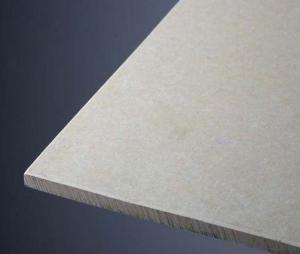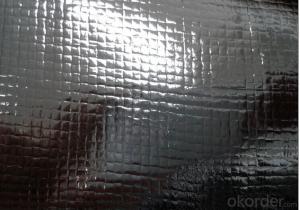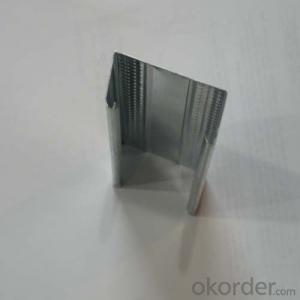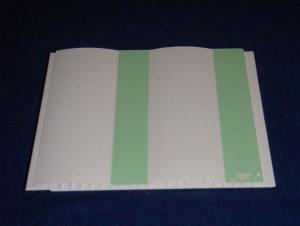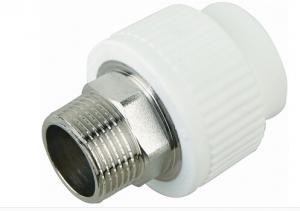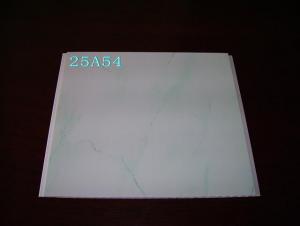Geogrid For Road Stabilization
Geogrid For Road Stabilization Related Searches
Best Paint For Stainless Steel Paint For Galvanized Steel Steel Frames For Furniture Self Tapping Screws For Steel Wd 40 For Stainless Steel Spray Paint For Stainless Steel Glue For Stainless Steel Drill Bits For Stainless Steel Spray For Stainless Steel Welder For Stainless SteelHot Searches
Steel Mesh Panels For Sale Price For Stainless Steel Scrap Scrap Price For Stainless Steel Price For Stainless Steel Stainless Steel Plate For Sale Stainless Steel Tank For Sale Stainless Steel Sheets For Sale Cheap High Tea Sets For Sale Stainless Steel Tanks For Sale Stainless Steel For Sale High Density Fiberboard For Sale Solar Hot Water Collectors For Sale Scaffolding For Sale In Uae Scaffolding For Sale In Ireland Scaffolding For Sale In Houston Type Of Inverter For Solar Price Of Shipping Containers For Sale Types Of Inverter For Solar Stock Price For Aluminum Fiberglass Scaffolding For SaleGeogrid For Road Stabilization Supplier & Manufacturer from China
Okorder.com is a professional Geogrid For Road Stabilization supplier & manufacturer, offers integrated one-stop services including real-time quoting and online cargo tracking. We are funded by CNBM Group, a Fortune 500 enterprise and the largest Geogrid For Road Stabilization firm in China.Hot Products
FAQ
- Yes, geogrids can be used for reinforcement in railway tracks. Geogrids are a type of geosynthetic material that can provide additional strength and stability to the track structure. They can help distribute loads, prevent track settlement, and improve overall track performance.
- What is the significance of each index
- The technical and quality indexes of geosynthetics should meet the design requirements. Storage and laying of GeosyntheticsProlonged exposure or exposure should be avoided during the process. It is strictly forbidden to contain strong acid in the direct contact with geosynthetics,Strongly alkaline substance.
- High density polyethylene one-way geogrid, tensile yield of 20kn/m
- This refers to a material specification for the product,
- Yes, geogrids are effective in stabilizing coastal dunes. Geogrids provide reinforcement and prevent erosion by acting as a support system for the sand particles. They help to maintain the shape and stability of coastal dunes, protecting them from wind and water forces.
- What is the role of geogrid?
- What is the role of geogrid? The geogrid is divided into: plastic geogrid, glass fiber geogrid, warp knitted polyester geogrid, steel plastic composite geogrid and polyester fiber warp knitting geogrid. The geogrid is used as reinforcement of reinforced earth structure or reinforced material. So what is the role of geogrid? The geogrid plays a very important role in the road, mainly strengthening subgrade and aging. The following is a detailed introduction
- What is the tgsg15-15 geogrid
- According to the letter, the geogrid is judged to be a steel plastic geogrid.
- How to do this in the geogrid in the retaining wall? Is there any remedy?
- No long-term creep as reinforcing material, have in long-term load under the condition of deformation resistance that the creep resistance is extremely important, glass fiber does not creep, which ensure product can maintain long-term performance.
- Geogrids have a few limitations. Firstly, they are not suitable for all types of soil and terrain conditions. They are most effective in soils with good particle interlock and cohesion. Secondly, geogrids are not effective in situations where there is high water flow or erosion potential as they do not provide sufficient protection against these forces. Additionally, geogrids may have limited strength in certain applications, such as heavy load-bearing scenarios, and may require additional reinforcement. Lastly, the installation and maintenance of geogrids can be complex and costly, requiring skilled labor and regular inspections to ensure proper functioning.
















